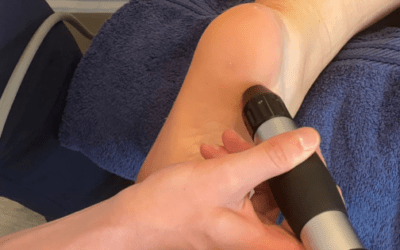Cartilage (meniscus) injury – can physiotherapy help?
Our Practitioners see a lot of patients with this common knee injury. Most commonly affected are sports players i.e football and rugby players plus skiing injuries too. You can also get a degenerative meniscus injury which tends to occur as we get older and comes on gradually.
What is a meniscus?
There are two areas of cartilage tissue within the knee. There is the menisci which are c shaped and sit on top of the articular cartilage which covers the ends of the bones at the knee joint.
Each knee joint contains an inner and outer meniscus (a medial and lateral meniscus). The menisci act like shock absorbers, help to make the knee stable and help to make the knee movements smooth.
When people talk about a cartilage injury to a knee, they usually mean an injury to one of the menisci.
Symptoms
- Pain and tenderness along the joint line
- Some history of a twisting injury but not always
- Clicking and popping of the knee
- Locking of the knee joint
- Long-term, meniscal damage causes wear and tear on the joint surface, leading to osteoarthritis of the joint.
There are clinical tests, including McMurray and Thessaly test which we can perform to confirm a meniscus tear.
If you have knee pain or have been told you have a meniscal or cartilage tear then these exercises are for you.
They are designed to improve movement, strengthen your muscles to support your knee joint and ease pain and discomfort too. We see a lot of people in our clinics who want to keep their muscles strong to avoid knee surgery if possible.
Please be aware of your body and take advice from your GP before exercising or email us at enquiries@physio-logical.net for advice and guidance. All of these exercises should be pain free.
How can Physiotherapy help?
Alongside exercises we can offer hands on treatment to improve joint movement and release tight muscles. How your knee pain improves depends on where the meniscus is torn.
If the tear is in the outer portion of the meniscus then it is likely to heal and respond well to physiotherapy treatment and exercises as that area has blood supply.
If the tear is in the inner meniscus they do not usually heal due to a lack of blood supply, these tears may require surgery.
Developing strong leg muscles stabilises the knee which helps to reduce the risk of cartilage damage. It also offloads the knee joint and encourages an increase in blood flow to the area and therefore healing of the meniscus.
The best treatment for a meniscal tear is physiotherapy exercises, ultrasound, joint mobilisations, and soft tissue massage.




